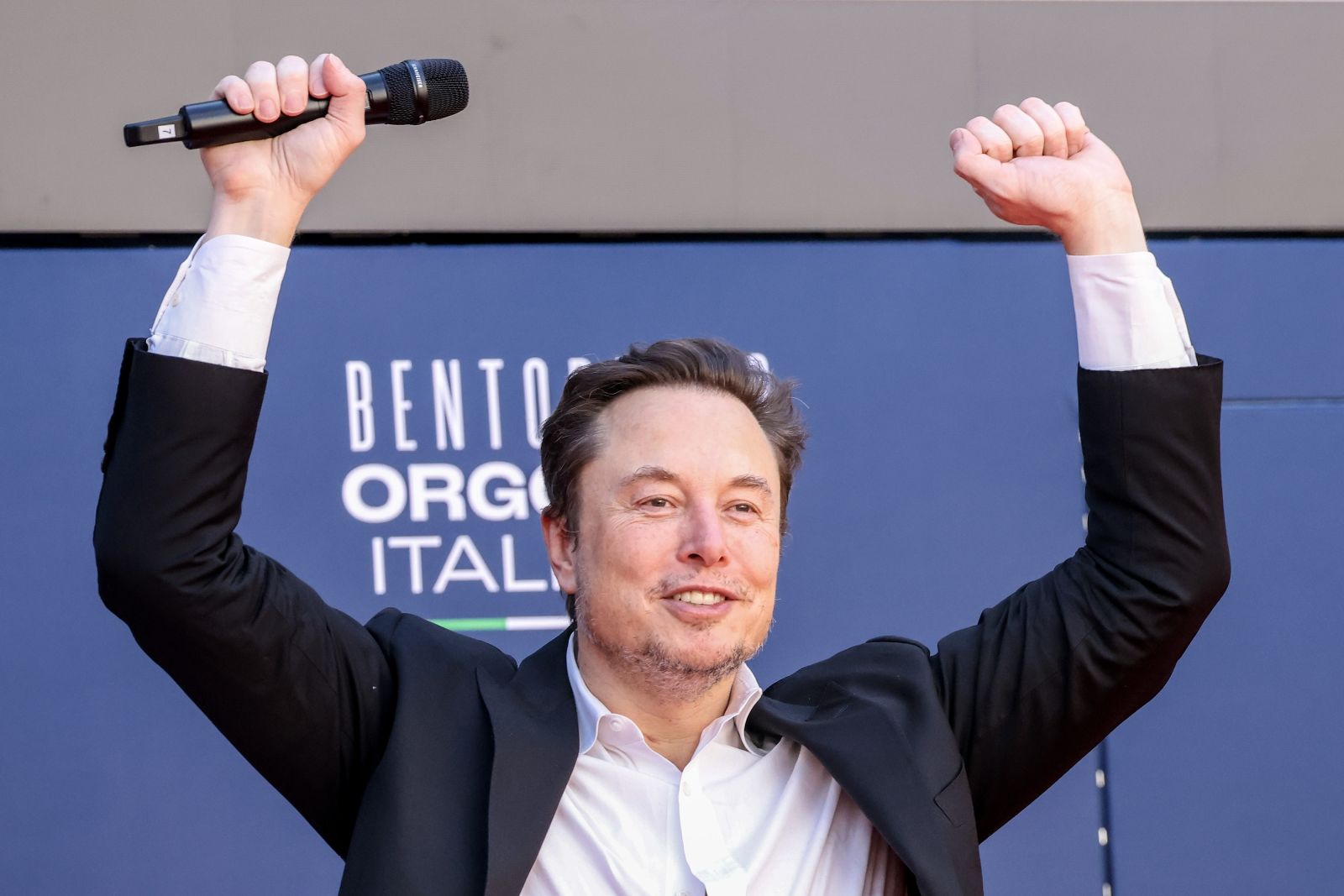Apple, United Airlines and More Add Elon Musk’s Starlink To Billions of Devices Globally, But Some Are Outraged ‘We Don’t Have a Choice’

Apple’s latest software patch, iOS 18.3, looked routine at first glance. Buried beneath the bug fixes, however, was a switch that lets any iPhone 14 or later hop onto SpaceX’s Starlink “direct‑to‑cell” satellites — so long as the user is on T‑Mobile and opts into the ongoing beta. Bloomberg spotted the code change in January; Forbes confirmed it a few days later, noting Apple’s engineers had been testing Starlink for weeks without public fanfare.
Why Apple Cares
Apple (AAPL) already pays service fees to Globalstar (GSAT) for the Emergency SOS feature. Interestingly, Apple itself isn’t partnering with Starlink itself. Rather, there are reports they’re trying to go head-to-head with Starlink via a massive investment into Globalstar earlier this year.
But Starlink’s far larger constellation could cover routine messaging, voice and eventually low‑bandwidth data in remote areas, making Globalstar investors sweat by potentially giving carriers a path to upsell “always‑connected” plans without building its own network. This would also remove single‑supplier risk baked into the current Globalstar deal and, over time, could shave a few basis points of margin drag from future iPhone service bundles.
For privately held SpaceX, the upside is clear: instant distribution to hundreds of millions of premium handsets. Starlink already surpassed 4 million subscribers by September 2024 — double its base from a year earlier — and analysts peg 2024 service revenue around $6-7 billion. Handheld connectivity pushes Starlink beyond rooftop dishes, reinforcing its status as the world’s fastest‑growing telecom platform and a core profit engine for CEO Elon Musk’s empire.
T‑Mobile’s Rural Trump Card
T‑Mobile (TMUS), which co‑developed the direct‑to‑cell layer, gains a marketing coup - it’s the first U.S. carrier that can promise basic coverage “everywhere your phone can see the sky.” That bolsters its rural‑expansion story and could reduce customer‑churn costs, even if incremental revenue per user is modest at first.
This test opens the door for other carriers to begin rolling out many of the same features. Soon — if they want to remain competitive — it’s likely the rollout will come to every major phone carrier in the U.S. Starlink is the only satellite provider that can provide internet at the speed, precision and consistency that they do, and has the largest network on the planet.
Comcast (CMCSA), for example, also has a deal with Starlink. Verizon (VZ) and AT&T (T) have a relationship with T-Mobile to piggyback off of T-Mobile’s network and provide Starlink access.
Globalstar’s long‑running exclusive with Apple was the cornerstone of its growth narrative. With Apple now courting a second, far larger provider, Globalstar must scramble to diversify or risk being relegated to niche emergency services. Globalstar saw an initial boost in January following an announcement that Apple would invest in the company and give it several years of pre-payments. But GSAT stock has declined since, partially on the news that Apple is diversifying away from Globalstar.
Airlines Add Starlink, Too
Apple and legacy telecom companies aren’t the only ones adding in Starlink capabilities. The revolutionary technology is a massive value-add to many devices and in hard-to-reach areas around the globe. This makes Starlink’s partnerships with major airlines a no-brainer.
From legacy U.S. giants to flag carriers overseas, airlines are rushing to bolt SpaceX’s Starlink terminals onto their fleets. Hawaiian Airlines just finished wiring all 42 of its Airbus jets, giving passengers free, low‑latency Wi‑Fi across the Pacific. United (UAL) says its first Starlink‑equipped regional jet will fly this spring, and it plans to cover its entire two‑cabin regional fleet plus initial mainline aircraft by year‑end 2025.
Qatar Airways, which operated the world’s first Starlink 777 flight last October, already has more than 40 wide‑bodies online and will start outfitting A350s this summer. In Europe, Air France and SAS have both signed on for fleet‑wide rollouts beginning later this year.
The sprint reflects how Starlink’s plug‑and‑play, high‑bandwidth LEO network is quickly becoming the benchmark for in‑flight connectivity, forcing older Ku‑ and Ka‑band geostationary rivals to play catchup.
Politics, Privacy, and TikTok Angst
Not everyone is thrilled about the news. Shortly after Apple’s update went out, a TikTok video warned users “don’t update your iPhone” and to turn off auto‑update or “you’ll have Starlink right in your pocket.” The account said they were upset because it feels like “we don’t have a choice.”
The video, however, is misleading because, as stated above, it’s a beta test for T-Mobile users and is opt-in only. But it’s clear that Starlink is going to continue becoming a larger and larger part of people's lives. As this rollout continues, it will be interesting to see if people embrace the technology or avoid it for political and/or privacy reasons.
On the date of publication, Caleb Naysmith did not have (either directly or indirectly) positions in any of the securities mentioned in this article. All information and data in this article is solely for informational purposes. For more information please view the Barchart Disclosure Policy here.